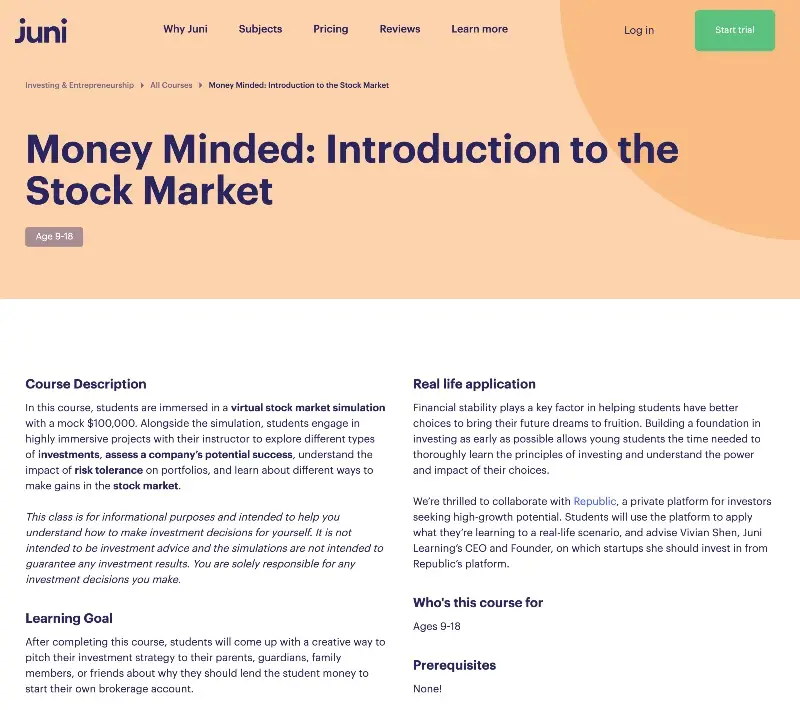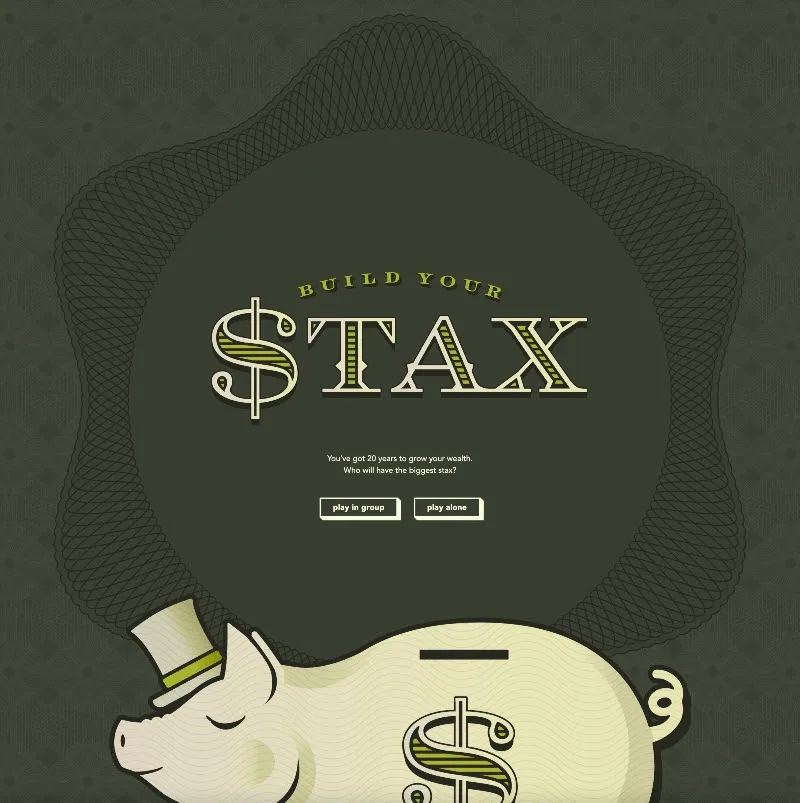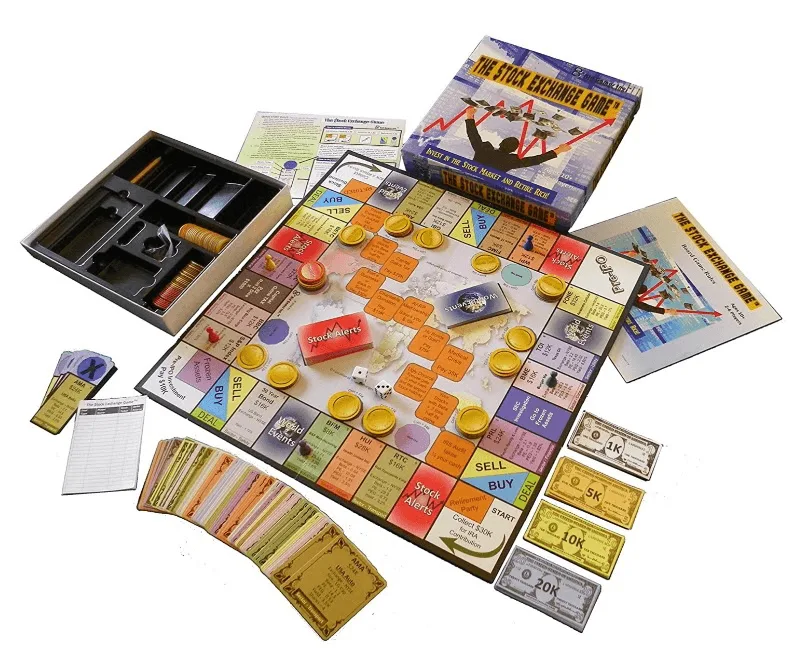-
Commitment to our readers
18 years
Helping you save money
Reviewed
by experts
Cited by
major publications
Finder maintains full editorial independence to ensure for our readers a fair assessment of the products, brands, and services we write about. That independence helps us maintain our reader's trust, which is what keeps you coming back to our site. We uphold a rigorous editorial process that ensures what we write and publish is fair, accurate, and trustworthy — and not influenced by how we make money.
We're committed to empowering our readers to make sound and often unfamiliar financial decisions.
We break down and digest information information about a topic, product, brand or service to help our readers find what they're looking for — whether that's saving money, getting better rewards or simply learning something new — and cover any questions you might not have even thought of yet. We do this by leading with empathy, leaning on plain and conversational language that speaks directly, without speaking down.
If you want to teach your child basic investing and financial principles while keeping them engaged and having a good time, check out these six investing games.
1. Juni
Juni is an online academy that offers real-time learning, a project-based curriculum and one-on-one mentorship with instructors from some of the top universities in the US. Students have access to a community of peers, and instructors provide progress reports and class notes for parents after each class.
- Price. $29 per month for the self-guided plan or $275 to $900 per month for one-on-one mentorship
- Age range. 9 to 18
- Learning goal. Understand how to make investment decisions and develop an investment strategy.
Juni offers one investing course as of November 2021. The course “Money-Minded: Introduction to the Stock Market” gives students $100,000 in mock money to use in a virtual stock market simulation. Students pick and choose investments as they progress through a course designed to help them understand how to make investment decisions.
The curriculum is project-based and is designed to help students explore investing concepts like understanding different types of investments, assessing a company’s potential success and recognizing the impact of risk tolerance on investment portfolios.
Students complete a final project to finish the course where they devise a creative pitch of their investment strategy and present it to their parents, guardians or family members about why they should lend the student money to start their own brokerage account.
If you’re looking for one of the most structured ways to teach your kid about investing and price isn’t an issue, Juni might be your best option.

“Image: Juni”
2. The Stock Market Game
The Stock Market Game is a program offered by the SIFMA Foundation, a nonprofit foundation that supports 4th- to 12th-grade teachers throughout the US with financial education programs and tools.
The game isn’t limited to in-school use, though. Students can use the program individually, but they need a parent, guardian or adult family member to register for an account.
- Price. Varies by state but is typically low-cost or free
- Age range. Grades 4 to 12
- Learning goal. Prepare students for financial independence by understanding the world of economics, investing and personal finance.
The Stock Market Game is another online stock market for kids that introduces students to saving and investing. Students trade and manage their own portfolios of $100,000 in virtual money and are provided with lesson plans, projects and ongoing support.
Students also have access to a mobile app that allows them to monitor their portfolios and enter trades on the go. Beyond the Stock Market Game, students can also participate in InvestWrite, SIFMA’s national essay competition, and SIFMA’s Capitol Hill Challenge, an invitation-only national Stock Market Game competition.

“Image: The Stock Market Game”
3. How the Market Works
How the Market Works is a free online stock market game owned and operated by Stock-Trak Inc, a provider of educational stock market games and contests. Stock-Trak Inc’s other sites include Wall Street Survivor, Personal Finance Lab and Stock Trak.
- Price. Free
- Age range. Grades K to 12
- Learning goal. Practice investing before using real money.
Students receive $100,000 in virtual money to trade stocks, exchange-traded funds (ETFs) and mutual funds with real-time prices. How the Market Works highlights its custom contest feature, which allows users to create custom trading contests with specific portfolio rules, starting cash amounts and trading dates.
While it’s open to individual use, its stock market contest feature makes it ideal for classroom settings or where friends or family members can participate. You’ll also find an education center with tutorial videos and lessons on the stock market, economics and personal finance.

“Image: How the Market Works”
4. Build Your Stax
Build Your Stax is an online investing game designed for both individuals and groups. This game is a bit different from the others on this list because of its quick pace of play. For this reason, it’s probably best suited for children old enough to make quick decisions and efficiently use a computer.
- Price. Free
- Age range. Any age
- Learning goal. Learn how to choose and manage investments over time.
Build Your Stax is a fast-paced, online investing game that gives players 20 years — or 20 minutes in real time — to save and invest to make as much money as possible. Each year lasts one minute in real-time, and every six months (30 seconds), players are given $4,000 to allocate to their choice of savings and investments.
As players progress through the game, they unlock new investment opportunities to invest their money. The game starts with a basic savings account, and players gradually unlock certificates of deposit (CDs), index funds, individual stocks, government bonds, crop commodities and gold as time progresses.
Players also face random life events throughout the game, which can include a $7,000 wedding payment or stumbling upon $500 on the street. If you’re hit with a bill and don’t have the pocket cash to pay it, you have to choose which investment to liquidate to free up the cash.
At the end of the game, you’re given a report of how much money you made over 20 years, your yearly growth rate and how much you spent on life events.

“Image: Build Your Stax”
5. The Stock Exchange Game
The Stock Exchange Game takes learning about investing offline and is delivered in the form of a board game reminiscent of Monopoly. The game requires at least two people to play, and up to six people can play at a time.
- Price. $49.99
- Age range. 10 years and older
- Learning goal. Learn the risks and rewards of investing as you save to retire.
With The Stock Exchange Game, each trip around the board represents a year in your life, and your goal is to invest for a wealthy retirement. Similar to many board games, each player chooses a token and takes turns rolling the dice as they progress through the two phases of the game.
In the first phase, players go around the perimeter of the board buying and selling stocks, bonds and gold to acquire enough wealth to retire. If the player feels they are in a position to retire, they must cross diagonally across the board to reach the retirement space.
Players have to follow the prompts on each tile they land on, which include paying a $15,000 charitable donation, an IRS audit that takes a quarter of their cash and a $35,000 medical crisis. Land on the “World Events” or “Stock Alerts” tiles, and you’ll need to draw a card that lays out a new situation in the game.

“Image: Amazon”
6. Financial Football
Financial Football is an online and app-based game presented by Visa and the National Football League (NFL) designed to help teach students financial concepts through a fast-paced, interactive game.
- Price. Free
- Age range. 11 years and older
- Learning goal. Learn financial concepts and money management skills.
Financial Football can be played individually or head-to-head with an opposing player. Players choose their favorite NFL teams and their desired game length and difficulty level.
While players don’t actually control the players on the field, they control the outcome of the play by answering questions related to finance. Correct answers result in a successful play, and incorrect answers have a negative impact on the team.
Players answer questions from the following seven financial categories and are up against a time clock to select an answer:
- Budgeting
- Saving
- Financial institutions
- Credit
- Debt
- Identify theft
- Life events
At the end of the game, it breaks down your total questions, number and percentage of correct answers, longest correct streak, powerups unlocked and your best category. These results can be saved for future reference and with a teacher if played in a classroom setting. Players will also find separate lesson modules to learn key concepts about saving and spending, budgeting and the proper use of credit.

“Image: Financial Football”
How to open a custodial account
If you want to get your child started investing for real, you can do so by opening a custodial account. These are financial accounts set up and managed by adults to benefit a child. Here’s how to set up a custodial account:
- Choose an account. Uniform Gifts to Minors Act (UGMA) and Uniform Transfers to Minors Act (UTMA) accounts are designed for children without taxable income, whereas custodial IRAs are designed for children who do earn taxable income.
- Decide on a broker. Compare brokers by fees, minimum deposit requirements and reputation.
- Pick investments. Put all that practice to use and have your kid help you choose their investments. Investment options might vary by broker, so make sure to select a broker that provides the investment options you’re looking for.
Kid investment accounts
If your budding investor is ready for the big leagues, consider a kids’ investment account that helps them test-drive their newly acquired investing skills. Keep in mind that these accounts are not games but combine real money and securities with a parental safety net.
Step card
Step is a free app that gives kids a parent-managed account with a Visa spending card. Kids can only spend what’s preloaded in their accounts, so you don’t need to worry about overdrafts or excessive spending.
Step offers an optional investing platform where teens can start buying and selling investments for as little as $1. Users under 18 must have a parent open and approve an investment account. Open a stock account to invest in securities or a crypto account to buy and sell Bitcoin.
Your teen can research over 1,000 stocks and ETFs from their Step app and test their investing prowess with investing trivia on Step’s Discord server. Parents can also request their high school kid to attend Money 101, Step’s financial literacy curriculum being taught in over 100 high schools across the country, or the Step’s Learn to Earn program, which rewards teens for improving their financial literacy.
While you won’t pay maintenance fees for your investment accounts, Step charges a 2% fee for crypto transactions. Stock and ETF trades are free, and your kid’s investment account has a weekly trading limit of $1,200.
- Price: Free
- Age range: At least 13 and up to start investing
- Parental controls: Parents set investment objectives, a timeline and a risk tolerance level. Based on your preferences, Step will recommend securities that best align with your investment strategy.
Greenlight
This powerhouse in kids’ banking gives you granular control over your child’s money while allowing them to earn, spend, save and invest. Greenlight puts chores and allowance on autopilot and also supports direct deposit. Your account gets a free debit card that gives you flexible controls and real-time notifications of your kids’ spending. Plus, they’ll earn cashback rewards with every purchase.
Greenlight’s investing platform is only available to Greenlight Max and Greenlight Infinity users. Greenlight has a plethora of educational tools to learn about stocks and investing, including video lessons and investing quizzes. You and your child can choose how much to invest in each company, starting with as little as $1.
- Price: $9.98/month for Greenlight Max and $14.98/month for Greenlight Infinity.
- Age range: Any age
- Parental controls: Parents must approve every trade from their app.
BusyKid
BusyKid is a versatile kids’ banking app that combines convenient chore and allowance tools with a full suite of banking features. Parents can pay their kids for chores and set up automatic transfers for allowance payments. This spending account comes with a Visa debit card for purchases and ATM withdrawals.
Your little investor can break into the stock market for as little as $10, choose from more than 4,000 stocks and ETFs and pay $0 in commissions. But BusyKid”s investing platform is solely for stock trades and doesn’t offer any additional resources to teach your kids about investing.
- Price: $48 per year
- Age range: 5+
- Parental controls: Parents must approve each transaction. Your child can initiate a buy or sell request, and you’ll receive a notification to complete the transaction.
Using the allowance to play the market
While about two-thirds (68%) of parents say they give their children an average of $35 a week in an allowance, no parents said their children were putting their money in a money market account. Instead, most kids keep their money in a savings account.
Bottom line
Investing is a long-term game, and it’s never too early for children to start learning. Equipping children with the tools and knowledge of investing at an early age will give them a leg up when they get older and take on their own financial responsibilities. And these games provide a fun, engaging way to approach the topic of investing and financial literacy.
Ask a question
More guides on Finder
-
Alternatives to GoHenry (Now Acorns Early)
GoHenry is now Acorns Early. If you’re looking for a GoHenry alternative, try Greenlight, Step, Current, Modak Makers or Chase First.
-
How to save money as a teenager
Setting a savings goal, creating a budget and opening the right savings and checking accounts are top ways for teens to save money.
-
5 fun ways to boost your kids’ savings
These saving methods can help teach and motivate kids to save.
-
7 Best Free Debit Cards for Kids and Teens in April 2025
Some of the best free debit cards for kids that don’t charge any monthly fees include Step, Current, Cash App, Axos, Chase, Revolut and more.
-
Acorns Early (formerly GoHenry) promo codes for 2024
Get an extra month free with this Finder-exclusive promo code for a limited time, plus see other deals and special offers from Acorns Early.
-
GoHenry (Now Acorns Early) vs. Greenlight: Which Kids’ Card Is Better?
Greenlight and Acorns Early (formerly GoHenry) are strong kids’ debit cards, but Greenlight has a slight edge because of its extra features and competitive price.
-
Best Debit Cards for Kids Under 13
Compare the best kids’ prepaid and debit cards designed for ages 13 and under.
-
Greenlight Debit Card for Kids Review
See our first-hand review of the Greenlight card to see if the $5.99 monthly fee makes sense for your family.
-
Best savings accounts for kids in April 2025
Set your little ones up for financial success with a kids’ savings account.
-
6 Best Credit Cards for Teens
Compare the best credit cards that minors under 18 can have as authorized users.
